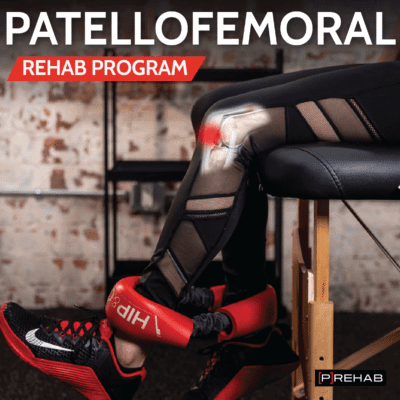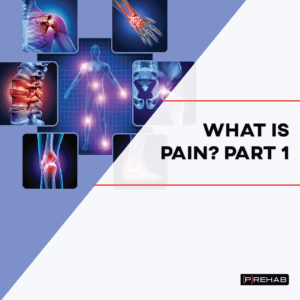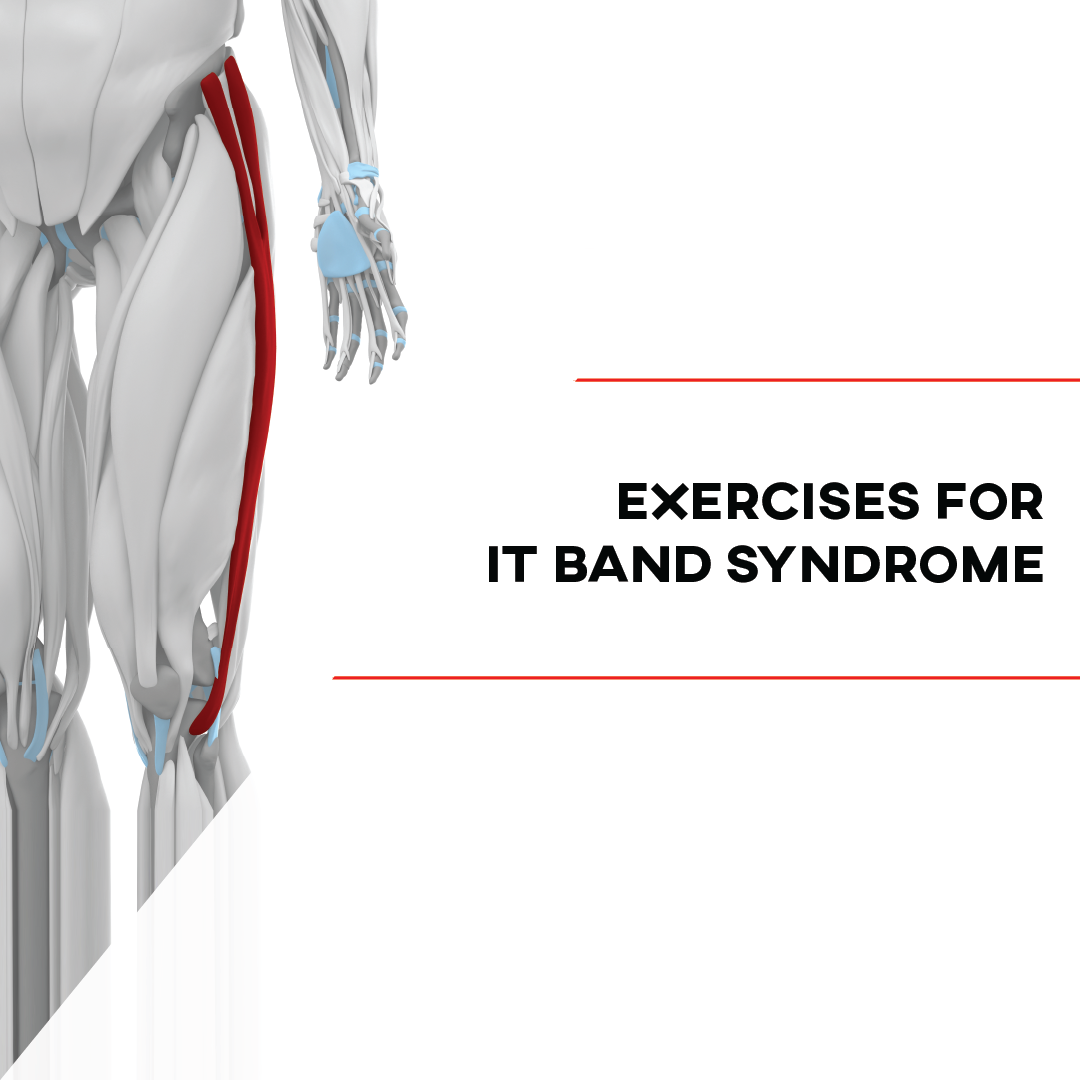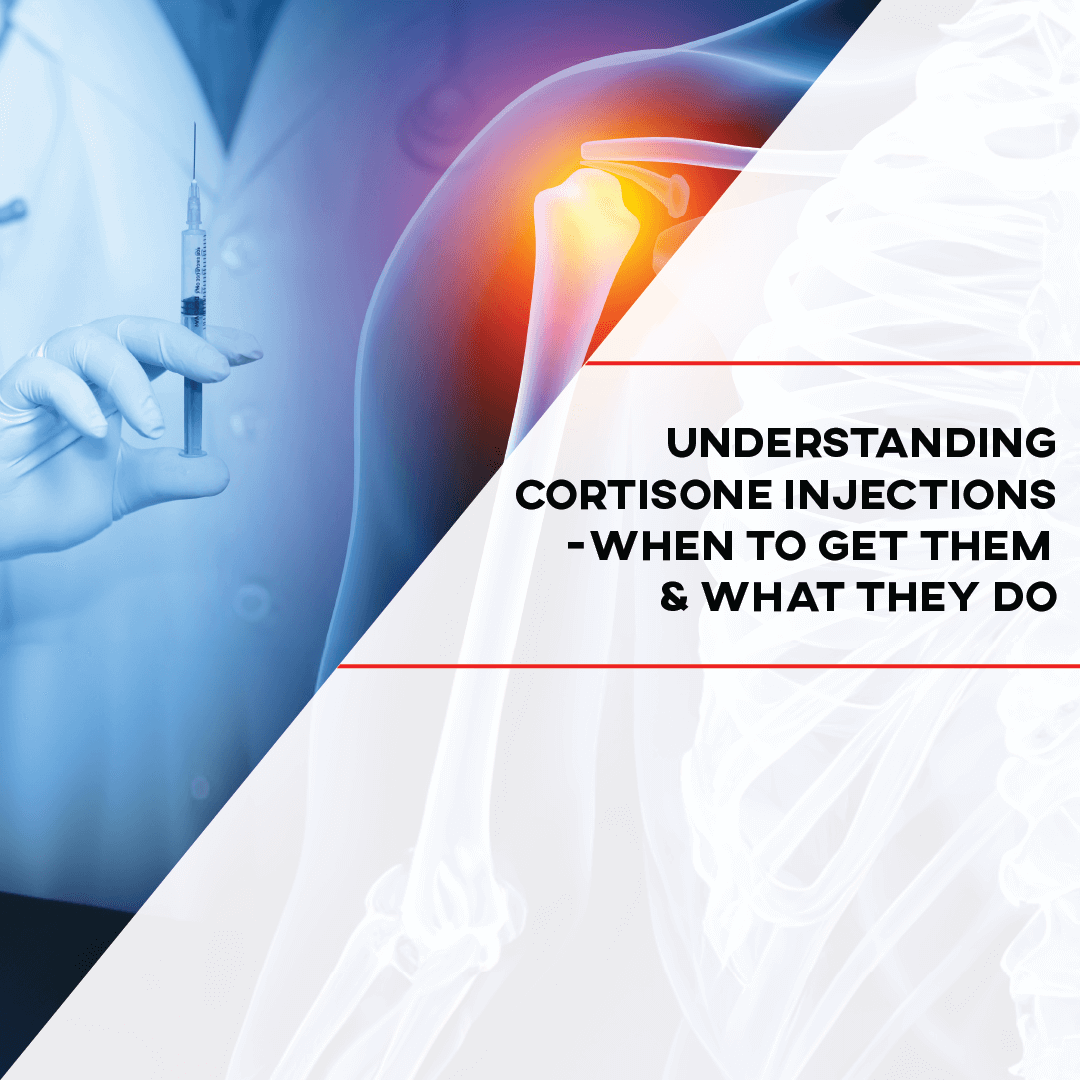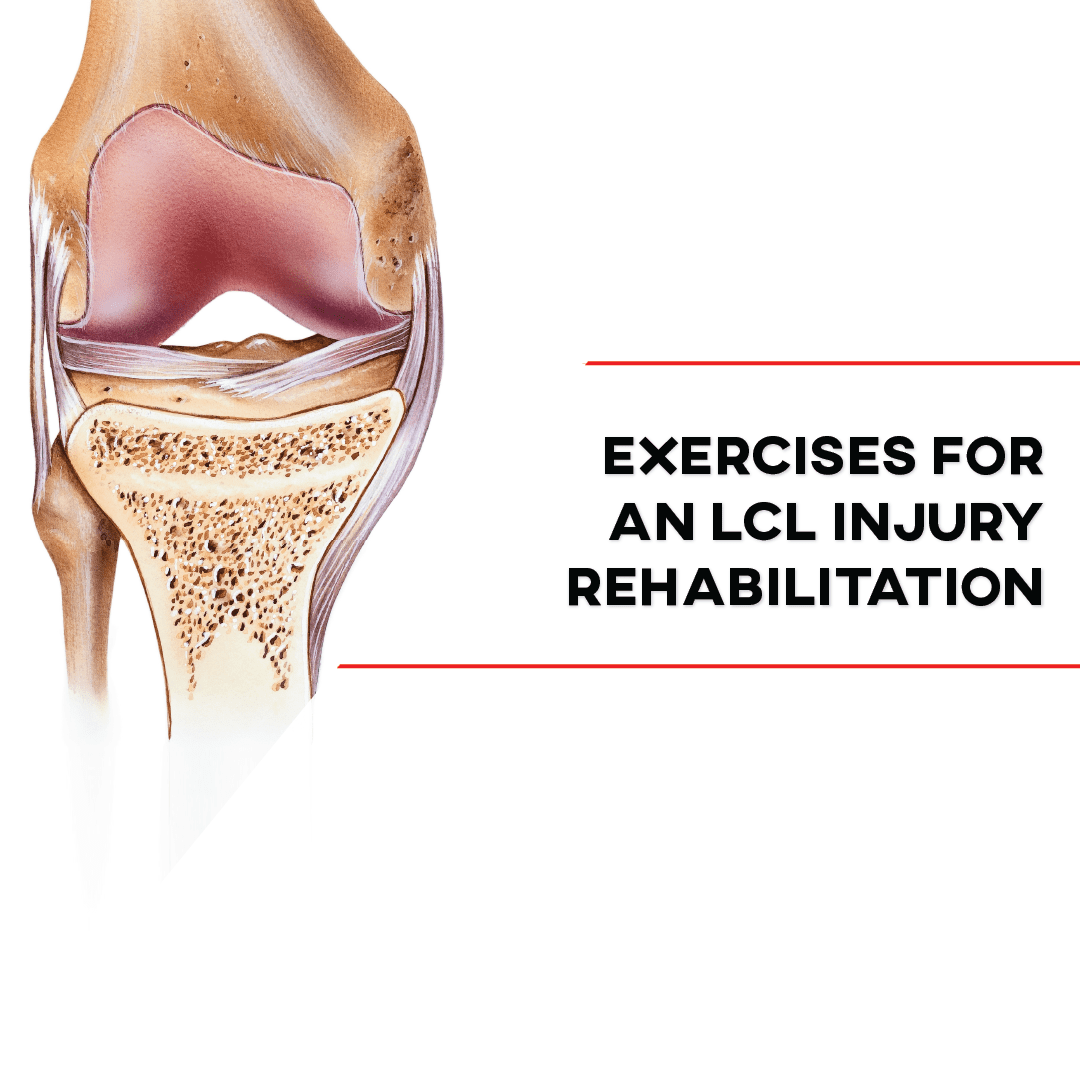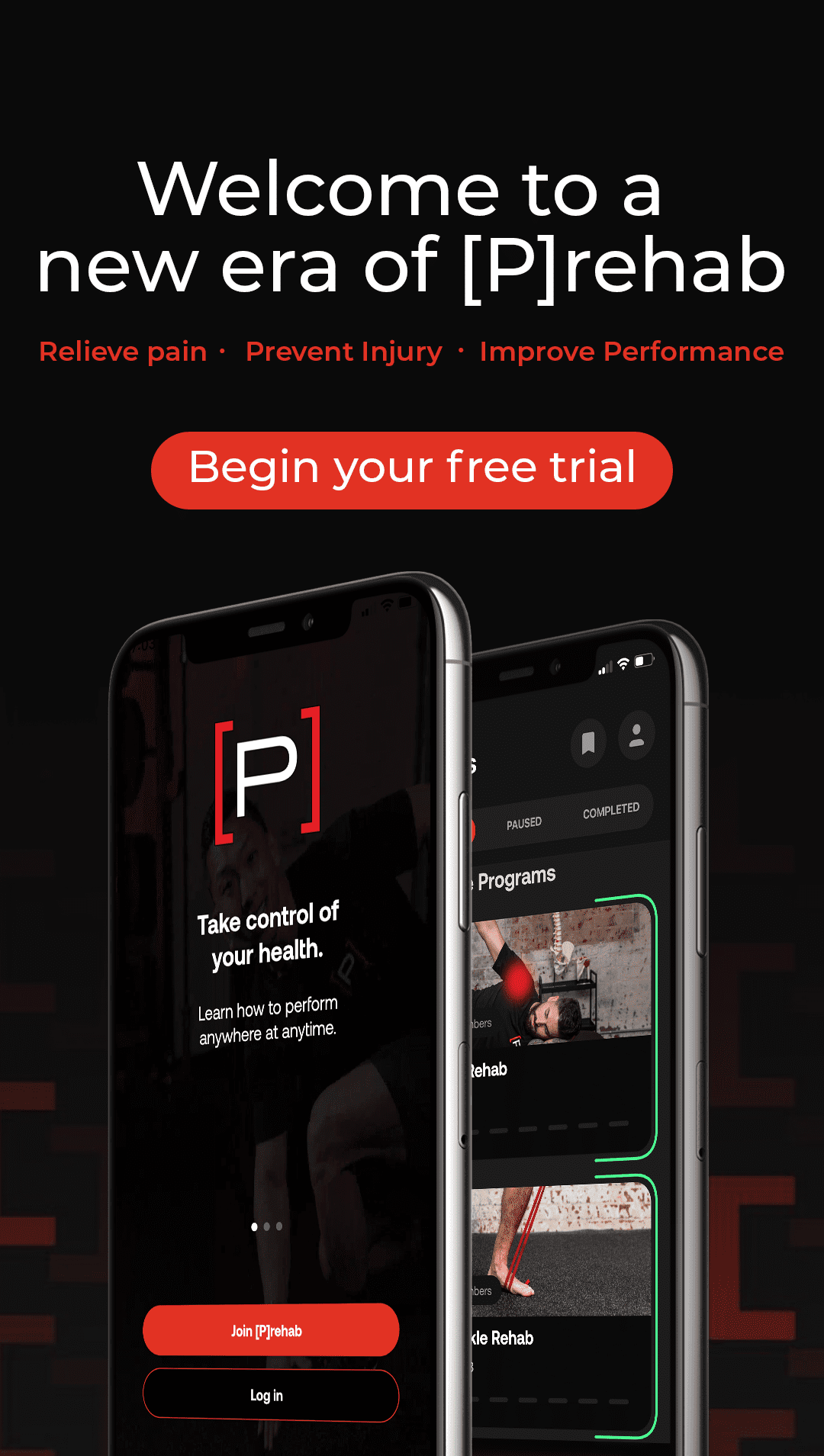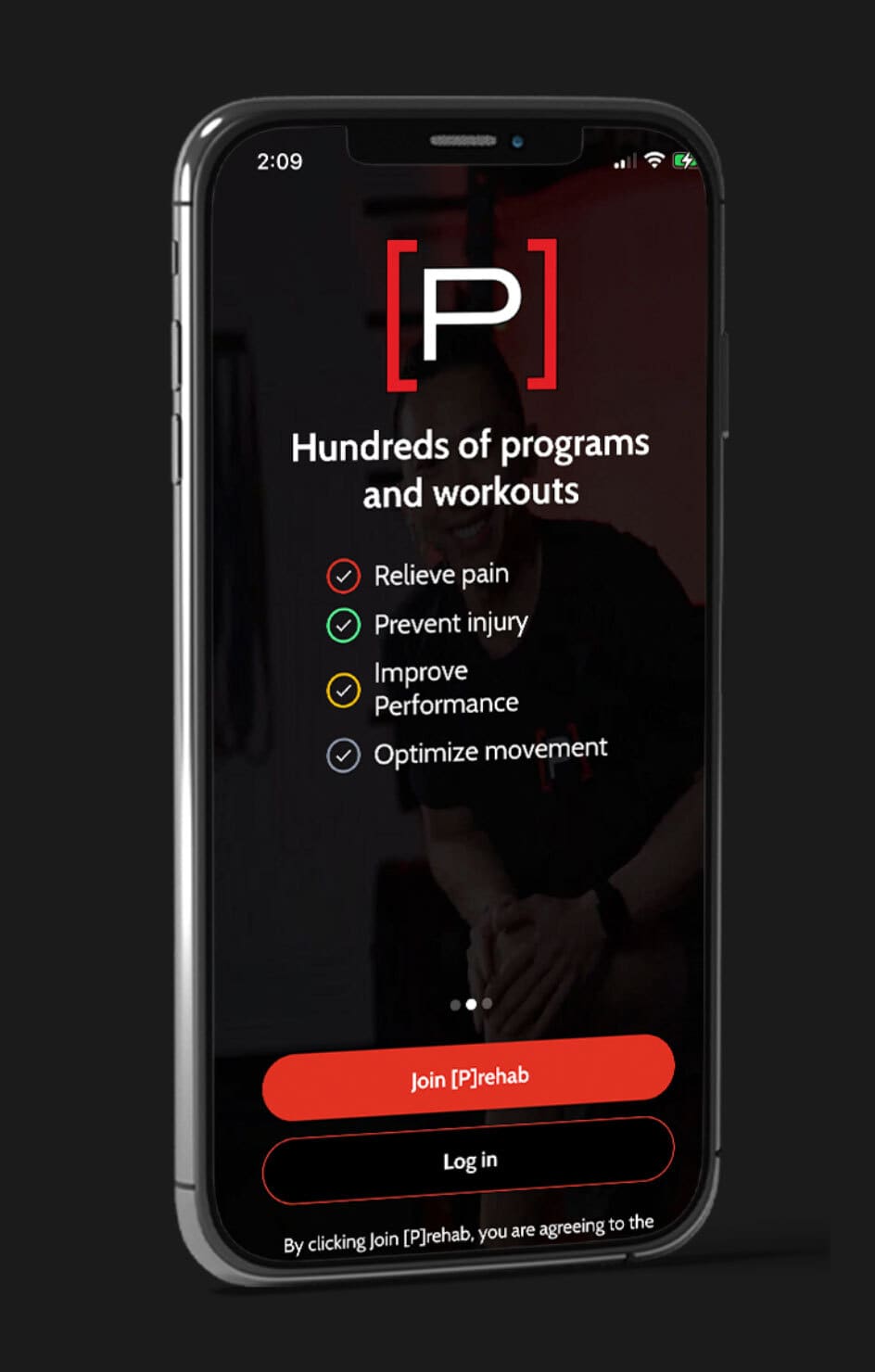Your kneecap hurts, you don’t know why, but it just does. It hurts worse going downstairs, bothers you when you squat and you feel like it is nagging you every time you go for a run. You can’t seem to figure out why, some days it hurts more than others but it has been a problem for months now. So you finally see your doctor to get it checked out. They look at your knee, watch you squat, move your kneecap a couple of different ways, and then tell you they know exactly why your knee hurts! Your kneecap is out of alignment! They could tell right away, that it is a classic case.
They tell you your kneecap is like a train sitting on the tracks and sometimes it can be off the tracks a bit and that can lead to pain. This makes sense to you and you finally feel validated that you have a reason for your kneecap pain. However, you also now feel that you have something wrong with your knee, will it ever feel better if you have this structural defect? This article will explain to you why patella maltracking is very likely NOT the reason for your kneecap pain, why you can recover from patellofemoral pain without surgery in most cases, and why you can stop stretching your IT band!
The Myth of Patella Maltracking
Patellofemoral pain is a very common problem with research indicating that 1 in 5 people will deal with patellofemoral pain at some point in their life. Females in particular are twice as likely to deal with patellofemoral pain as males are. This issue is so common in fact that it has been dubbed Patellofemoral Pain Syndrome (PFPS). While the nomenclature “syndrome” may make it sound like a complex disorder it is simply a way to group together anyone who has pain at their kneecap.
So PFPS = pain in the front of your knee/ at your kneecap. Why does it occur? The short answer is we don’t know exactly why some people have patellofemoral pain and others don’t. And what do scientists and doctors do when they don’t fully understand something?
They try to figure out a way to explain it quickly and easily. Hence, the myth of patella maltracking was born.
The idea behind patella maltracking makes sense. Your kneecap hurts when you squat or go downstairs, doing these activities (like any other activity that involves bending and straightening your knee) requires your kneecap to move back and forth within its groove. Knowing that some people have pain and others don’t, doctors and PTs started looking at the relationship between the kneecap and the groove and seeing if the way it slides is what is causing knee pain in those who have it.
LEARN MORE ABOUT OUR PATELLOFEMORAL REHAB PROGRAM
Ready to tackle that knee discomfort once and for all? Get started with our Patellofemoral Rehab program through the app! Designed to get you feeling confident with both decreasing your pain and improving your muscle strength this is the program for you! Get started with a free 7-day trial!
There are many different theories on how this relationship can cause pain some point to the groove (or trochlea): accusing it of being too shallow for the kneecap to move in, or too narrow for it to comfortably sit in. Others point to the patella claiming it sits too high or too low in the groove. But by far the common explanation goes like this – your kneecap is sitting laterally (on the outside of the groove) because it is being pulled that way by tight structures on the outside of your knee, and at the same time the medial structures on the inner part of your knee are weak, creating an imbalance that leads to kneecap pain.
Most commonly people are told they need to :
- Stretch their IT band
- Strengthen their VMO (the medial portion of the quad)
READ: VMO EXERCISES: IS THE VASTUS MEDIALIS OBLIQUE LEGIT?
If you are reading this blog there is probably a 99% chance a healthcare professional has told you 1 or both of the above.
This Makes Sense….Why is it Wrong?
Research doesn’t support the theory that patella maltracking plays a major role in patellofemoral pain. In one study – researchers used a type of high-tech moving MRI system to track subtle movements of the patella during loaded knee flexion activities (think stairs and squatting) and found that there was nearly no significant pattern to the way the patella moves in those with pain compared to those without pain, as well as those who had been diagnosed with maltracking and those who had not. They noted that in one position there was a “marginally significant” lateral position for those who have pain plus a diagnosis of malalignment compared to those without symptoms but despite this determined that :
Another study investigated a whole host of these supposed risk factors related to patella maltracking and found that none of them were significantly correlated with PFPS. All of the factors they noted were psychological, further supporting the growing body of knowledge that pain is a complex experience that goes far beyond simple biomechanics.
It has also been shown that 63% of people without PFPS had a laterally displaced patella. On top of this, studies have shown that doctors & PTs really can’t agree on what is truly patella maltracking. A systematic review composed of 9 different studies showed that reliability when assessing patellar position is “variable” amongst clinicians. This means that if 2 different MDs assess your kneecap they are unlikely to agree on whether its position is problematic or not.
So this means that: having a patella that doesn’t sit right in the groove does not mean it is causing your pain and it also means that being told by a healthcare professional that your patella doesn’t sit right in the groove doesn’t necessarily mean it’s true.
On top of this, the 2 most commonly prescribed treatments for patella maltracking have been unequivocally shown not to work:
- Your IT band doesn’t stretch (more on that in the podcast below)
- You can’t isolate your VMO (check out the VMO blog above)
LISTEN: SHOULD YOU BE FOAM ROLLING? WHAT DOES FOAM ROLLING ACTUALLY DO?
Let’s dive into why your kneecap does hurt and what exercises you can do to address it!
So Why Does my Kneecap Hurt & What Can I Do About it?
Pain is complex and there are a variety of physical and social emotional factors that play a role in the pain experience. So any time we are dealing with pain it is worth considering factors like sleep, stress, and other lifestyle factors.
READ: WHAT IS PAIN? PART 1 OF 3
However, several physical attributes have a far more clear role in PFPS than the position of your patella.
The biggest one of these is strength.
The Patellofemoral Pain clinical guidelines list strengthening of the quadriceps & lateral hip musculature as a level A (their highest) recommendation. They recommended both closed-chain and open-chain knee strengthening. Check out some of the exercises below that fall into this category!
On top of this while the relationship between PFPS and kneecap position is murky at best; the relationship between knee pain and quad weakness is clear: those who have PFPS have weaker quadriceps strength compared to healthy aged match controls. In military populations where similar workloads can be presumed, quadriceps weakness was determined to be a risk factor for the development of PFPS. The take-home point? Do quad-based strengthening!
On top of this, completing a knee or hip-based strengthening program showed significant improvements in those who had PFPS syndrome. Check out all the strength-based exercises we have packed in our Patellofemoral Rehab program below!
LEARN MORE ABOUT OUR PATELLOFEMORAL REHAB PROGRAM
Closing Thoughts:
So the research is clear: you can agonize over millimeters of kneecap movement and spend hours stretching your IT band and trying to isolate your VMO like it says on your PT script, or you can progressively overload and build the strength of your knee and hip muscles.
About the Author
Tommy Mandala, PT, DPT, SCS, OCS, CSCS
[P]rehab Writer & Content Creator
 Tommy Mandala is a Doctor of Physical Therapy, Board Certified Clinical Specialist in Sports & Orthopedics, and Certified Strength and Conditioning Specialist in New York City. He is the founder of ALL IN ACL, a digital coaching platform dedicated exclusively to helping ACLers return to the life they had before their injury with full confidence in their knee. Prior to that, he worked in the sports clinic at Hospital for Special Surgery, the #1 Orthopedic Hospital in the country. While there, he had the opportunity to hone his skills as an ACL specialist working closely with world renowned surgeons and evaluating patients from all over the world. He completed his sports residency training at the University of Delaware where he had opportunities to work with many of their Division I sports teams as well as the Philadelphia 76’ers NBA G-league affiliate, the Delaware Blue Coats. He also trained at Champion Sports Medicine in Birmingham, Alabama where he had the opportunity to learn from researchers in the American Sports Medicine Institute. Currently, Tommy works exclusively with ACLers through his digital coaching model. While many of these clients are athletes, Tommy works with ACLers of all different abilities helping them to build the strength they need to overcome this unique injury. One of his favorite aspects of his job is taking active clients who have never been a “gym person” before and showing them the amazing things that happen when they learn to strength train.
Tommy Mandala is a Doctor of Physical Therapy, Board Certified Clinical Specialist in Sports & Orthopedics, and Certified Strength and Conditioning Specialist in New York City. He is the founder of ALL IN ACL, a digital coaching platform dedicated exclusively to helping ACLers return to the life they had before their injury with full confidence in their knee. Prior to that, he worked in the sports clinic at Hospital for Special Surgery, the #1 Orthopedic Hospital in the country. While there, he had the opportunity to hone his skills as an ACL specialist working closely with world renowned surgeons and evaluating patients from all over the world. He completed his sports residency training at the University of Delaware where he had opportunities to work with many of their Division I sports teams as well as the Philadelphia 76’ers NBA G-league affiliate, the Delaware Blue Coats. He also trained at Champion Sports Medicine in Birmingham, Alabama where he had the opportunity to learn from researchers in the American Sports Medicine Institute. Currently, Tommy works exclusively with ACLers through his digital coaching model. While many of these clients are athletes, Tommy works with ACLers of all different abilities helping them to build the strength they need to overcome this unique injury. One of his favorite aspects of his job is taking active clients who have never been a “gym person” before and showing them the amazing things that happen when they learn to strength train.
Disclaimer – The content here is designed for information & education purposes only and is not intended for medical advice.




